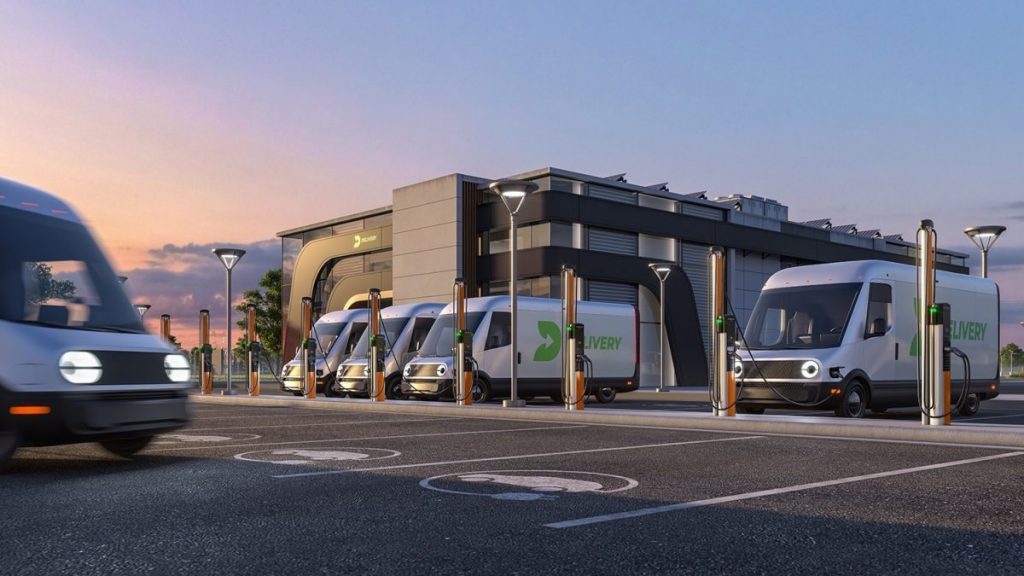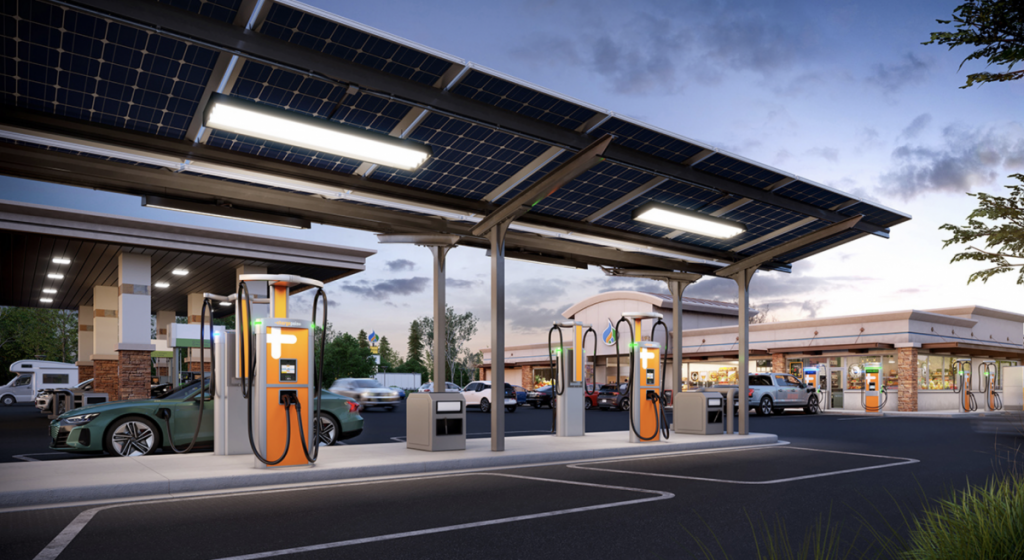How to start electrifying fleets the right way
Operators need to be sure that they have full control over a reliable, efficient and scalable charging infrastructure. By Richard Mohr
The mobility revolution has yet to fully embrace the fleet industry; Today we are in the early deployment phase for trucks and in the introductory phase for city buses. More and more vehicles are coming online, but operators need to feel confident that they are in full control of a reliable, efficient and scalable charging infrastructure.
Regardless of the fleet type or size, the logistics industry has become a testing ground for electrification. With the rise of online deliveries during the COVID-19 pandemic, last mile delivery services have increased tremendously in urban areas across Europe. Clean transport policies and an increasing and urgent focus on more sustainable, livable cities mean that the last mile is moving fast towards the introduction of electric vehicle (EV) fleets. There are companies like online supermarket Picnic that are already delivering 100% zero emissions. Retail giant Amazon has also pledged to become carbon neutral by 2040. What challenges and opportunities do these leading companies face?
While fleet managers naturally focus first on vehicle type and availability, the logistics of switching to a new way of fueling is the most important test they face. Charging many EVs, each with their own schedule, can be logistically challenging as it requires powerful grid connections and extensive infrastructure. Usually, more than one vehicle needs to be charged at the same time, which puts pressure on the power grid. Grid limitations and peak loads can also drive up the electricity bill significantly. Businesses need to work with EVSE companies that provide visibility, access and control for EV fleets just like they did for their ICE fleets to manage those costs.

Connected charging allows operators to monitor and manage charging, meaning they can remotely control when, how long and how fast a vehicle charges. These solutions help to increase the efficiency of the charging infrastructure and reduce energy costs. Finding the right charging partner is key for companies for whom charging is mission-critical. The right provider offers full control, allowing managers to monitor real-time state of charge and provide reports that can not only help streamline operations by maximizing station utilization, but also help provide strong evidence of meeting sustainability goals.
Fleets with en route charging needs, particularly those made up of long-haul light commercial vehicles, should also have access to a large, open network (roaming network). This ensures drivers can rest assured that they can use a single corporate card to find, activate and pay for any one of hundreds of thousands of charge points when vehicles exceed their range.
In these situations, fleet management software with customized planning tools is essential for efficient logistics operations. For both vehicles and chargers that need to be monitored, centralized operation with IT tools that can share charging data is essential. This allows operators to easily manage energy, improve charging point accessibility and use connected charging to take full advantage of existing infrastructure while minimizing costs and increasing vehicle uptime.
In order for a high benefit to arise, the stations must be reliable and technically flawless from a networked point of view. An effective charger must have SMART FRUs—embedded sensors that enable remote diagnostics that can monitor uptime and warn of potential hazards. Ensuring your solution is modular and designed so that potential problems can be quickly and effectively addressed by electrical engineers who may not be experienced with that particular type of charger will dramatically improve uptime.

The charger must also be able to scale with the company and its employees. As top-up moves to the mass market, more inexperienced users will come across it. Providing an easy way to deliver a positive charging experience through the ability to offer large displays in multiple languages is crucial. A single, adaptable charger for the entire operation will drastically reduce training time, maintenance and costs. This in turn makes the transition much smoother. Chargers can offer a single backend and operating system, with the ability to adapt to specific fleet needs, whether it’s single or dual ports, wired connection or outlet, or the ability to keep the power on its own to scale to changing requirements.
Overall, operators need to feel confident that they have full control over a reliable, efficient and scalable charging infrastructure. As mentioned, this is done through a variety of fleet management tools and software to maximize the user experience for both operators and fleet drivers. To ensure operators feel confident in their fleet management throughout the electrification process, all of these points need to be considered. The reliability and efficiency of the charging infrastructure is of paramount importance.
About the author: Richard Mohr is Vice President of Fleet at ChargePoint, where he helps fleets prepare for the future of transportation